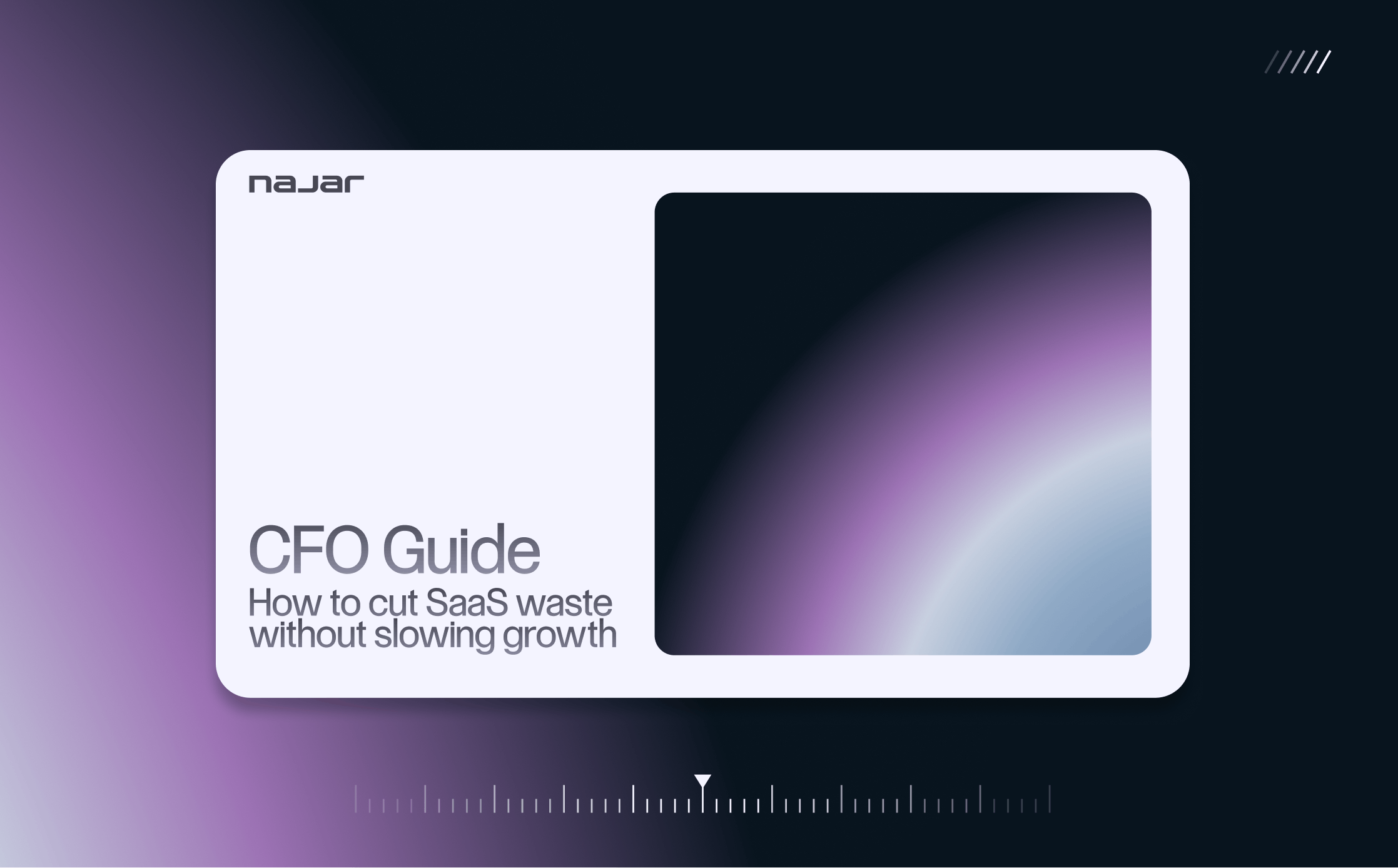In this replay, you'll discover two levers to reduce your company's cash burn in less than 45 minutes.
👉 Lever 1: How to define a budget allocation strategy that positively impacts your cash burn.Mapping KPIs, taking into account investments by projects and by division to prioritize budgets, accelerating the valuation of capitalized production, etc.
👉 Lever 2: The impact of SaaS Procurement on your budgets and revenue.Did you know that Gartner estimates that companies overpay for their SaaS tools by 30% on average? Integrating a Procurement strategy can save between 20 and 35% of these SaaS expenses.
The podcast is in French only 🇫🇷
Below you will find a summary of the most important elements in English.
You can lock your phone while continuing to play the podcast.
Key points :
Startups are often required to produce a budget for the coming year, but how can the CEO see it as an opportunity to reduce costs?
- Zero-Based Budgeting allows starting from a blank sheet of paper and questioning the status quo, which can help identify costs that are not or are no longer strategic.
- The allocation of the budget by department (product, sales, marketing, R&D, legal, etc.) allows teams and project managers to feel involved in the company's finances and understand that their actions have an impact on the budget.
- In the case of a tight cash situation, prioritizing efforts is important to focus on what could help turn things around.
- Monitoring the budget and time spent can help quickly calculate the CIR-CII valuation and optimize the net result at the end of the year to benefit from funding from investors.
The issue, is that the budget often remains at a macro level of the company and needs to be translated into actionable indicators for daily use. How to face it?
- Establishing a mapping of KPIs from the top-level EBITDA to operational KPIs can help bridge the gap between financial and operational indicators.
- Decomposing and examining KPIs can help determine how they can be influenced and actioned upon.
- Creating an index of KPIs with defined recurrence, calculation, and responsibility can help ensure that they are consistently tracked and improved upon.
- Evaluating the ROI of investments by analyzing operational indicators such as contribution to the company's margin, ROI by acquisition channel, and ROI by product can help avoid unnecessary expenses.
- Often, ROI calculations are based on software reporting.
The part 2 is about SaaS Procurement. Vincent is talking about the usage of SaaS in startups and scale-ups that is chaotic and inefficient due to the overwhelming number of applications available on the market.
To avoid and challenge this issue, Vincent is sharing the following tips:
- SaaS procurement platforms can help companies centralize their purchasing processes, reduce overspending, and achieve savings of up to 35% on their budgets.
On average, a scale-up spends €4,500 per year per employee on SaaS. This translates to a budget of €1.8 million, and by using SaaS procurement tools, businesses can easily save between €450,000 and €630,000. Additionally, with the current economic recession, the impact of using these tools is even more significant, as 36.84% of SaaS providers have increased their prices between 2022 and 2023, with an average increase of 16.08%. Some well-known companies such as Google and Gitlab have already announced price increases in recent weeks.
- The current economic recession has increased the average cost of SaaS by 16.08%, making it more crucial to adopt a SaaS procurement platform.
- Companies can create their own SaaS procurement strategy by identifying their expenses, prioritizing renewals, eliminating duplicates, and raising awareness among employees about procurement goals.
Here are some steps that companies can follow to create their own SaaS Procurement strategy: (using the Najar method)
- Identify expenses: Companies need to identify all their SaaS expenses and understand which departments and employees are using which software. This will help them understand the total cost of their SaaS portfolio and identify potential areas for cost optimization.
- Prioritize renewals: Companies should prioritize the renewal of SaaS licenses based on their importance and impact on the business. They should also negotiate with vendors to get better deals and discounts on renewals.
- Eliminate duplicates: Companies should eliminate duplicate SaaS licenses to avoid unnecessary expenses. This can be done by consolidating software that serves similar purposes or by choosing one software that is more efficient and cost-effective than others.
- Raise awareness among employees: Companies should educate their employees about the procurement goals and encourage them to be mindful of their software usage. This can be achieved by providing training on the optimal use of software, setting usage guidelines, and monitoring software usage to ensure compliance.
By following these steps, companies can create a SaaS procurement strategy that is cost-effective, efficient, and aligned with their business goals.
- SaaS procurement platforms offer benefits such as improved visibility, time savings, better product quality, enhanced collaboration, and risk reduction.
About our speakers:
- Pierre Olivier, Co-founder of Cept. by Necc, an innovation agency specialized in financial management. They help managers to consolidate their company, and help them to develop their innovations through, among other things, public financing and financial management.
- Vincent Coste, CEO of Najar, which reinvents SaaS Procurement. Welii streamlines the procurement process, giving finance and IT teams complete visibility into their IT stack and the ability to get the best prices for their SaaS tools.
Companies such as Jellysmack, Livestorm and Zenchef trust Najar to focus on their growth while maintaining control of their finances, saving up to 36% on their SaaS spend.



